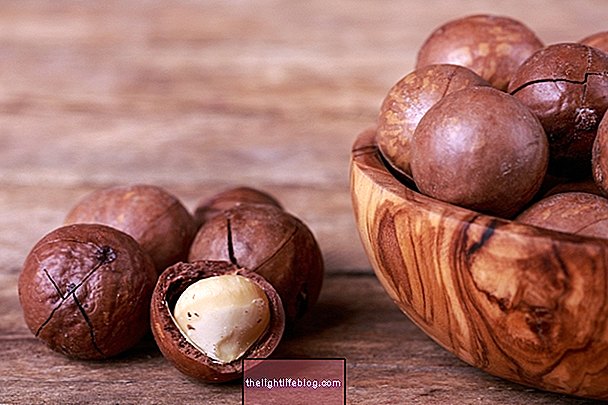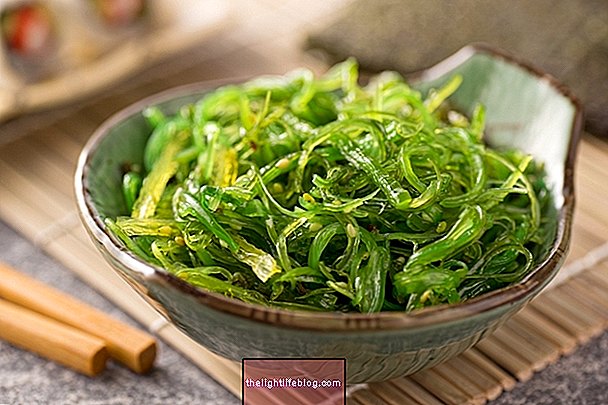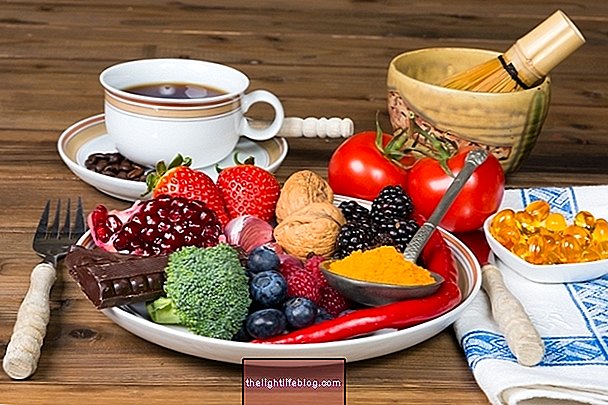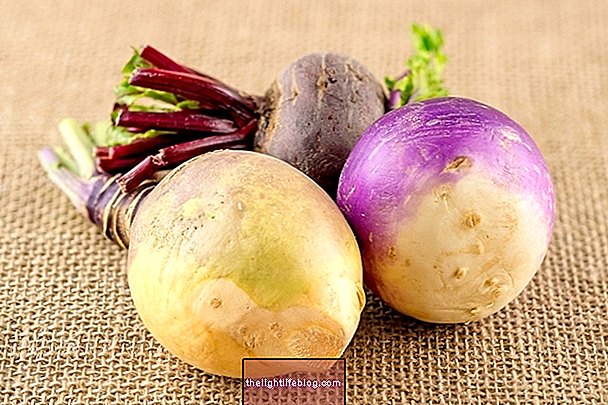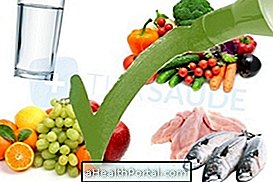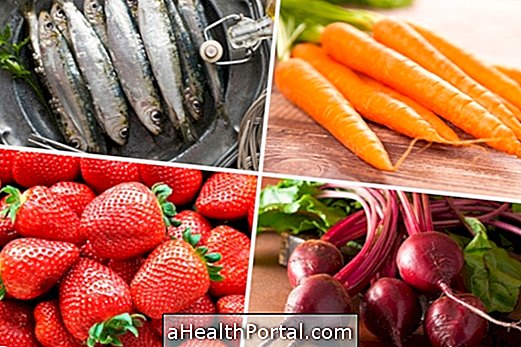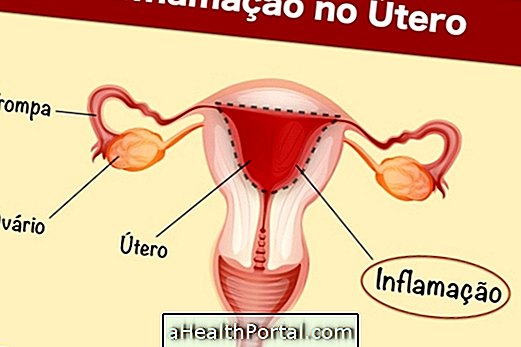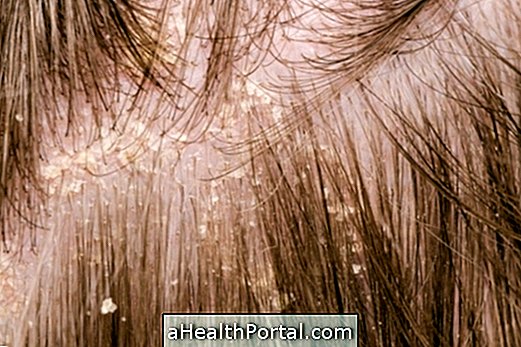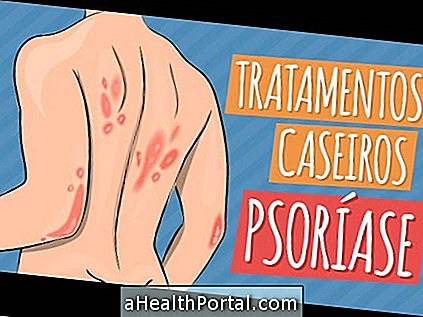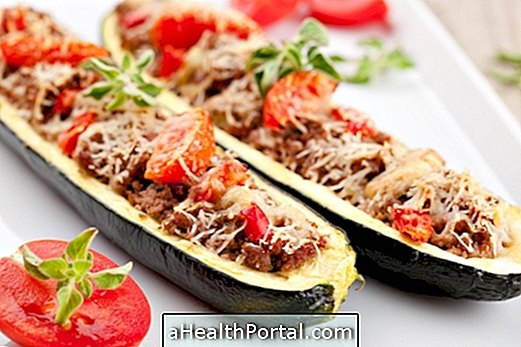Pectin is a type of soluble fiber that can be found naturally in fruits and vegetables, such as apples, beets and citrus fruits. This type of fiber easily dissolves in water, forming a mixture of viscous consistency in the stomach that has several benefits, such as moisturizing the faeces, facilitating their elimination, and improving the intestinal flora, acting as a natural laxative.
The viscous gel formed by pectins has a similar consistency to that of fruit jellies and, therefore, they can also be used as ingredients in the production of other products, such as yogurts, juices, breads and sweets in order to improve the texture and make be more creamy.

What is it for
Pectin has several health benefits and, therefore, can be useful for several situations, such as:
- Increase the fecal cake and hydrate it, facilitating intestinal transit and can be beneficial to combat both constipation and diarrhea;
- Increase the feeling of satiety, as it slows gastric emptying, decreasing appetite and favoring weight loss;
- Function as food for the beneficial bacteria of the intestine, since it acts as a prebiotic;
- Reduce cholesterol and triglycerides, by increasing the excretion of fats in the stool, since their fibers decrease their absorption in the intestine;
- Help control blood glucose, as its fibers decrease the absorption of glucose at the intestinal level.
In addition, as it helps to improve intestinal health, some studies indicate that it could have benefits in combating inflammatory bowel diseases, including colon cancer.
Foods rich in pectin
The richest fruits in pectin are apple, orange, mandarin, lemon, currant, blackberry and peach, while the richest vegetables are carrot, tomato, potato, beet and pea.
In addition to these, some industrialized products also have pectin in their composition to improve their texture, such as yogurts, jellies, fruit cakes and pies, pasta, candies and sugary confectionery, yogurt, candies and tomato sauces.

How to make pectin at home
Homemade pectin can be used to produce more creamy fruit jellies, and the easiest way is to produce pectin from apples, as shown below:
Place 10 whole, washed green apples, with peel and seeds, and place for cooking in 1.25 liters of water. After cooking, the apples and the liquid should be placed on a sieve covered with gauze, so that the cooked apples can slowly pass through the gauze. This filtering must be done throughout the night.
The next day, the gelatinous liquid that has passed through the sieve is the apple pectin, which can be frozen for future use. in portions. The proportion used should be 150 mL of pectin for every two kilograms of fruit.
Where to buy
Pectins can be found in liquid or powder form at nutrition stores and pharmacies, and can be used for recipes such as cakes, cookies, homemade yogurts and jams.
Possible side effects
The consumption of pectin is quite safe, however, when consumed in excess, it can lead to increased gas production and bloating in some people.
Was this information helpful?
Yes No
Your opinion is important! Write here how we can improve our text:
Any questions? Click here to be answered.
Email in which you want to receive a reply:
Check the confirmation email we sent you.
Your name:
Reason for visit:
--- Choose your reason --- DiseaseLive betterHelp another personGain knowledge
Are you a health professional?
NoMedicalPharmaceuticalsNurseNutritionistBiomedicalPhysiotherapistBeauticianOther
Bibliography
- XU Lin et al. Efficacy of pectin in the treatment of diarrhea predominant irritable bowel syndrome. Advances in Nutrition. 4. 6; 267-271, 2013
- ROUND Luís. The therapeutic fiber. 2nd. São Paulo: Byk Química, 63-67.
- CLARE Adam et al. Effects of Dietary Fiber (Pectin) and / or Increased Protein (Casein or Pea) on Satiety, Body Weight, Adiposity and Caecal Fermentation in High Fat Diet-Induced Obese Rats. Plos one. 11. 5; 1-16, 2016
- PINTO João. Nutraceuticals and functional foods. 1st. Portugal: LIDEL, 2014. 50-51.
- CHUNG Wing et al. Prebiotic potential of pectin and pectic oligosaccharides to promote anti-inflammatory commensal bacteria in the human colon. Microbiology Ecology. 93. 11; 1-9, 2017
- SYMPSON H et al. Review article: dietary fiber-microbiota interactions. Alimentary Pharmacology & Therapeutics. 42. 2; 158-179, 2015
- ALMEIDA Elizângela et al. Synthesis and characterization of pectin derivative with antitumor property against Caco-2 colon cancer cells. Carbohydrate Polymers - Journal. 115. 139-145, 2015

